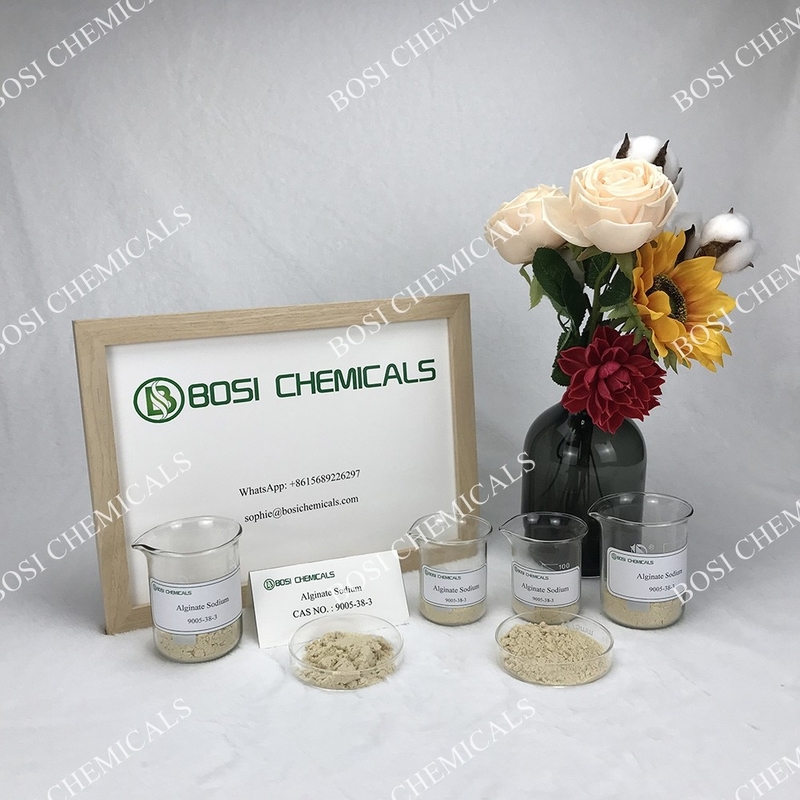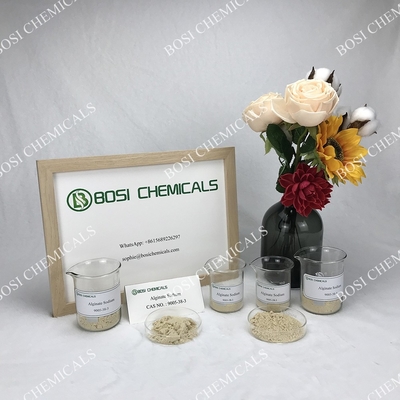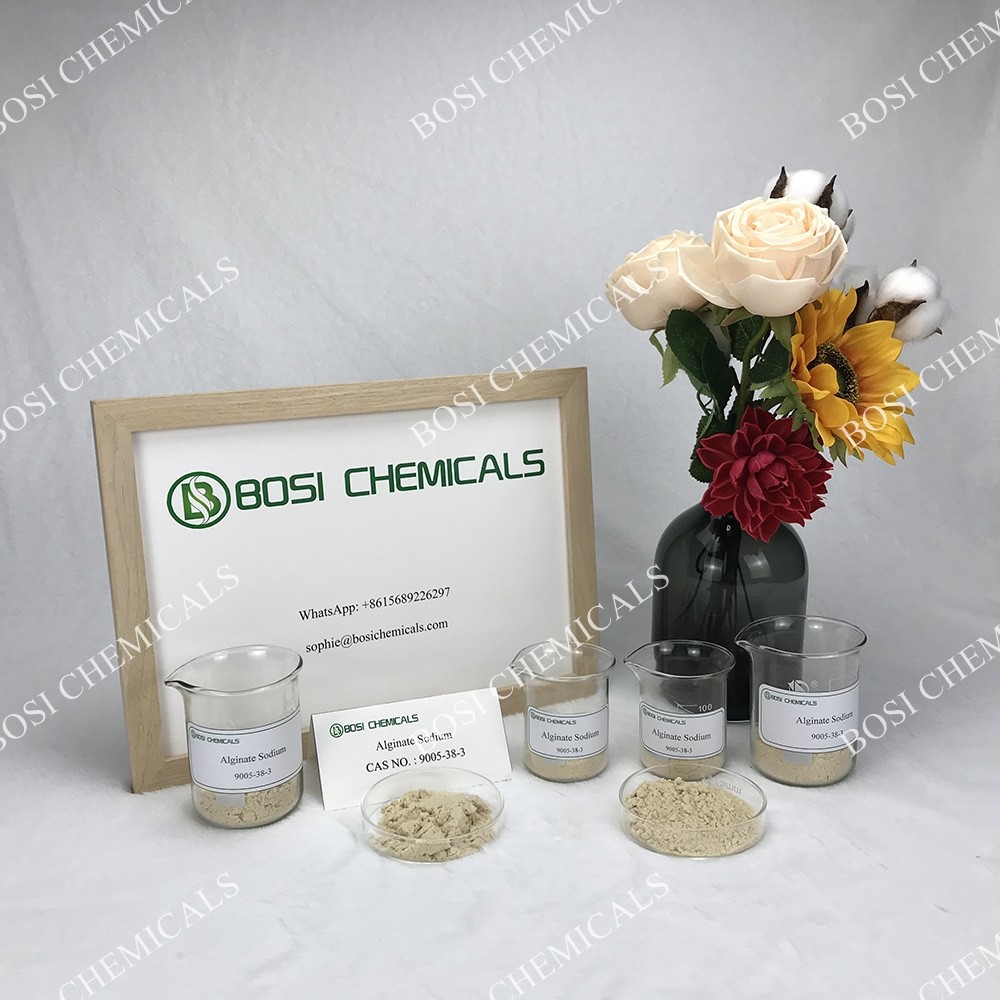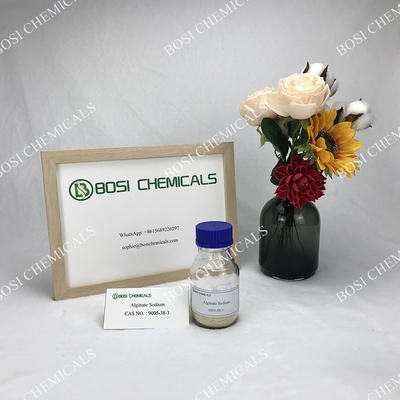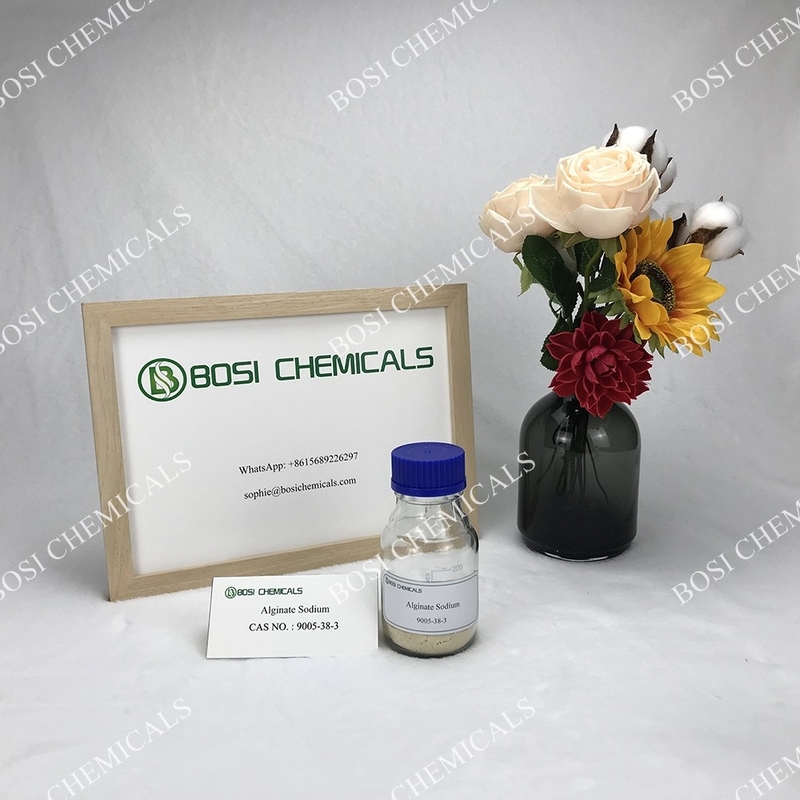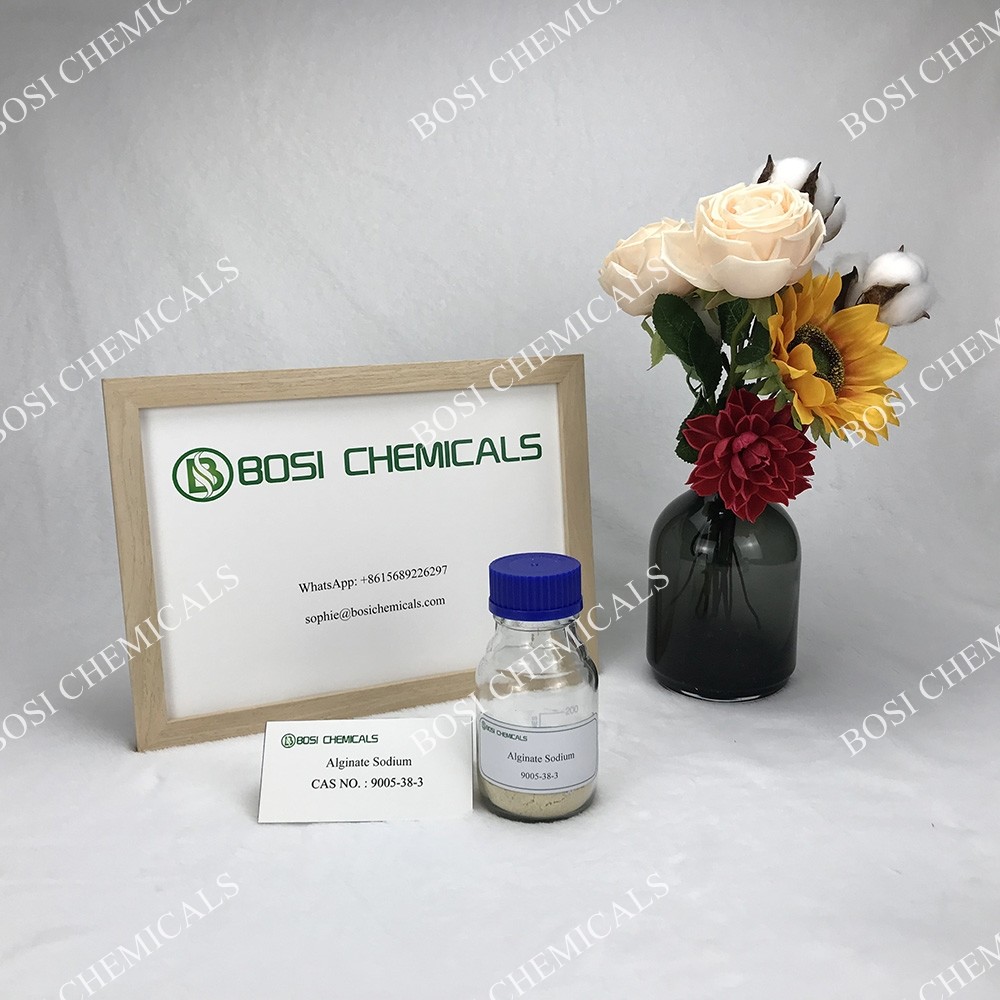Food Grade Light Yellow Powder Alginate Sodium With Ca Content Less Than 3%
Alginates Sodium are refined from brown seaweeds. Throughout the world, many of the Phaeophyceae class brown seaweeds are harvested to be processed and converted into sodium alginate. Sodium alginate is used in many industries including food, animal food, fertilisers, textile printing, and pharmaceuticals. Dental impression material uses alginate as its means of gelling. Food grade alginate is an approved ingredient in processed and manufactured foods.
Brown seaweeds range in size from the giant kelp Macrocystis pyrifera which can be 20–40 meters long, to thick, leather-like seaweeds from 2–4 m long, to smaller species 30–60 cm long. Most brown seaweed used for alginates are gathered from the wild, with the exception of Laminaria japonica, which is cultivated in China for food and its surplus material is diverted to the alginate industry in China.
Alginates from different species of brown seaweed vary in their chemical structure resulting in different physical properties of alginates. Some species yield an alginate that gives a strong gel, another a weaker gel, some may produce a cream or white alginate, while others are difficult to gel and are best used for technical applications where color does not matter.

| ITEM |
CONTENT |
| Alias |
Polymannuronic acid sodium salt |
| CAS No. |
9005-38-3 |
| Grade |
Food grade |
| Appearance |
Light Brownish/White powder |
| Assay(on dry basis) |
98.0% min |
| PVI |
0.78-0.95 |
| Particle size |
40 mesh: 100% pass |
| S. aureus |
Negative |

Alginate absorbs water quickly, which makes it useful as an additive in dehydrated products such as slimming aids, and in the manufacture of paper and textiles. It is also used for waterproofing and fireproofing fabrics, in the food industry as a thickening agent for drinks, ice cream, cosmetics, and as a gelling agent for jellies, known by the code E401.[8] Sodium alginate is mixed with soybean flour to make meat analogue.
Alginate is used as an ingredient in various pharmaceutical preparations, such as Gaviscon, in which it combines with bicarbonate to inhibit gastroesophageal reflux. Sodium alginate is used as an impression-making material in dentistry, prosthetics, lifecasting, and for creating positives for small-scale casting.
Sodium alginate is used in reactive dye printing and as a thickener for reactive dyes in textile screen-printing. Alginates do not react with these dyes and wash out easily, unlike starch-based thickeners. It also serves as a material for micro-encapsulation.
Calcium alginate is used in different types of medical products, including skin wound dressings to promote healing, and may be removed with less pain than conventional dressings.

 Your message must be between 20-3,000 characters!
Your message must be between 20-3,000 characters! Please check your E-mail!
Please check your E-mail!  Your message must be between 20-3,000 characters!
Your message must be between 20-3,000 characters! Please check your E-mail!
Please check your E-mail! 

